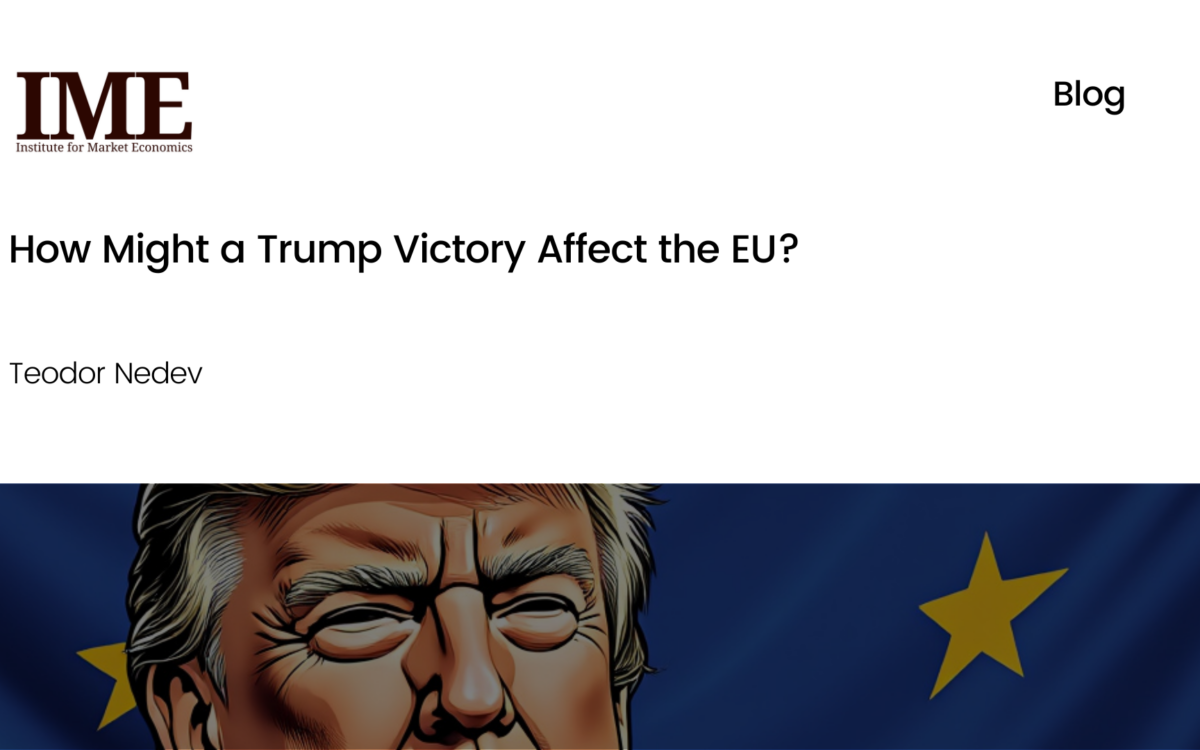Poland Goes Nuclear

Poland Goes Nuclear
Christopher Jakoubek // 25 November 2022
European countries aim to lessen their dependence on Russia after its invasion of Ukraine while pursuing their goal of realising carbon emissions neutrality in the EU by 2050. This push requires the EU to shed its reliance on fossil fuels such as oil and coal, which presents difficulties for countries such as Poland, the Czech Republic, and other eastern European member states due to their fossil fuel–based energy mix. A form of compromise was found by EU policymakers, who agreed to put energy sources such as gas and nuclear power on the list of sustainable energy sources if they meet stringent criteria under the EU Taxonomy. EU-published research on nuclear energy estimate that the CO2 emissions from nuclear plants over their life cycle are comparable to those of renewable energy. Yet, as mentioned above, the stringent criteria for its inclusion include compliance with safety standards beyond the existing framework. These include sunset dates for transitioning to advanced technologies and setting up operational disposal facilities by 2050.
The EU’s decision was key to allowing further private investment to flow into the industry, as many private financial institutions were unwilling to invest in nuclear energy for fear of not reaching their environmental, social, and governance (ESG) goals. This decision can accelerate private sector–led development of solutions for final waste disposal, which is one of the downsides of the end-of-life cycle of nuclear fuels. Additionally, it can allow for further utilisation of nuclear power as a quality ‘baseload’ source while expanding solar and wind power plants.
Regardless of this taxonomy change, Germany has foolishly followed through on its plans to shut down its domestic nuclear reactors, citing environmental risks. Ironically, this led to the country burning natural gas, which emits more CO2 and deepens its reliance on Russia.
Poland, on the other hand, is taking the opposite approach. Poland plans to build its first nuclear plants by 2033 as part of the six reactors planned to be operational by 2043. Under its official programme, it should have 9-megawatt nuclear capacity by 2040, which would which would meet more than a third of its electricity demand. Polish energy officials claim that nuclear energy is the only technology that can replace coal in the domestic energy mix.
This position is also supported by a report that argues that with nuclear energy, a fuel price increase of 50 per cent will only lead to a 6 per cent increase in the cost of production. Whereas with gas, fuel accounts for 70–80 per cent of the cost of energy production and, as such, fluctuations in gas prices heavily influence the costs of energy production. In addition, nuclear power is created domestically and, thus, does not rely on supplies from potential geopolitical adversaries who may use their advantageous position for political ends, as is the case with Russia.
Poland wants to select one common reactor for all its nuclear power plants (NPPs), which will allow for lower construction costs owing to economies of scale. It will also allow for a lower cost of training for crews and the personnel of repair firms. This guarantees the long-term production of new reactors and reduces fears of the project being one-off.
As of November 2020, Poland has signed two agreements. The first was signed between Westinghouse, an American firm, and the Polish government. The second was led by Poland’s private energy company, ZE PAK, and the Korean company, KHNP, together with state-controlled PGE. This can help increase the experience and competitiveness of ‘democratic’ nuclear reactor makers in a market usually dominated by Russia and China. As such, the programme will have two plants built at the same time, one under the government-led and the other in a business-pioneered programme.
In its model, Poland plans to select one strategic co-investor linked to the technology provider for all its future NPPs. Poland has also signed an agreement with NuScale to deploy its modular 77-megawatt capacity plant by the end of 2029. It has also taken steps to amend its legislation, allowing for easier provision of information and data to investors, such that they can effectively account for financial performance, thus, allowing transparency. Additionally, Poland will allow for easier analysis of documentation, which will aid in a speedier settlement of the authorisation process.
In short, Poland has realised that to effectively transition to a carbon-neutral economy, while retaining its large heavy industry, it must make use of nuclear power. The new nuclear reactors can be mass-produced, thus benefitting from economies of scale while allowing private enterprises to invest in this greenfield industry in Poland. This is something that other smaller economies in Europe can also benefit from: streamlining nuclear power plants can help lower the initial costs, which is seen as a key issue hindering the financial viability of such projects.
In this regard, Poland concentrates on the end goal rather than standing around and arguing why some sources should not be used. Nuclear energy is here to stay, and the potential is enormous; the only thing left to do is to stay the course.
EPICENTER publications and contributions from our member think tanks are designed to promote the discussion of economic issues and the role of markets in solving economic and social problems. As with all EPICENTER publications, the views expressed here are those of the author and not EPICENTER or its member think tanks (which have no corporate view).



